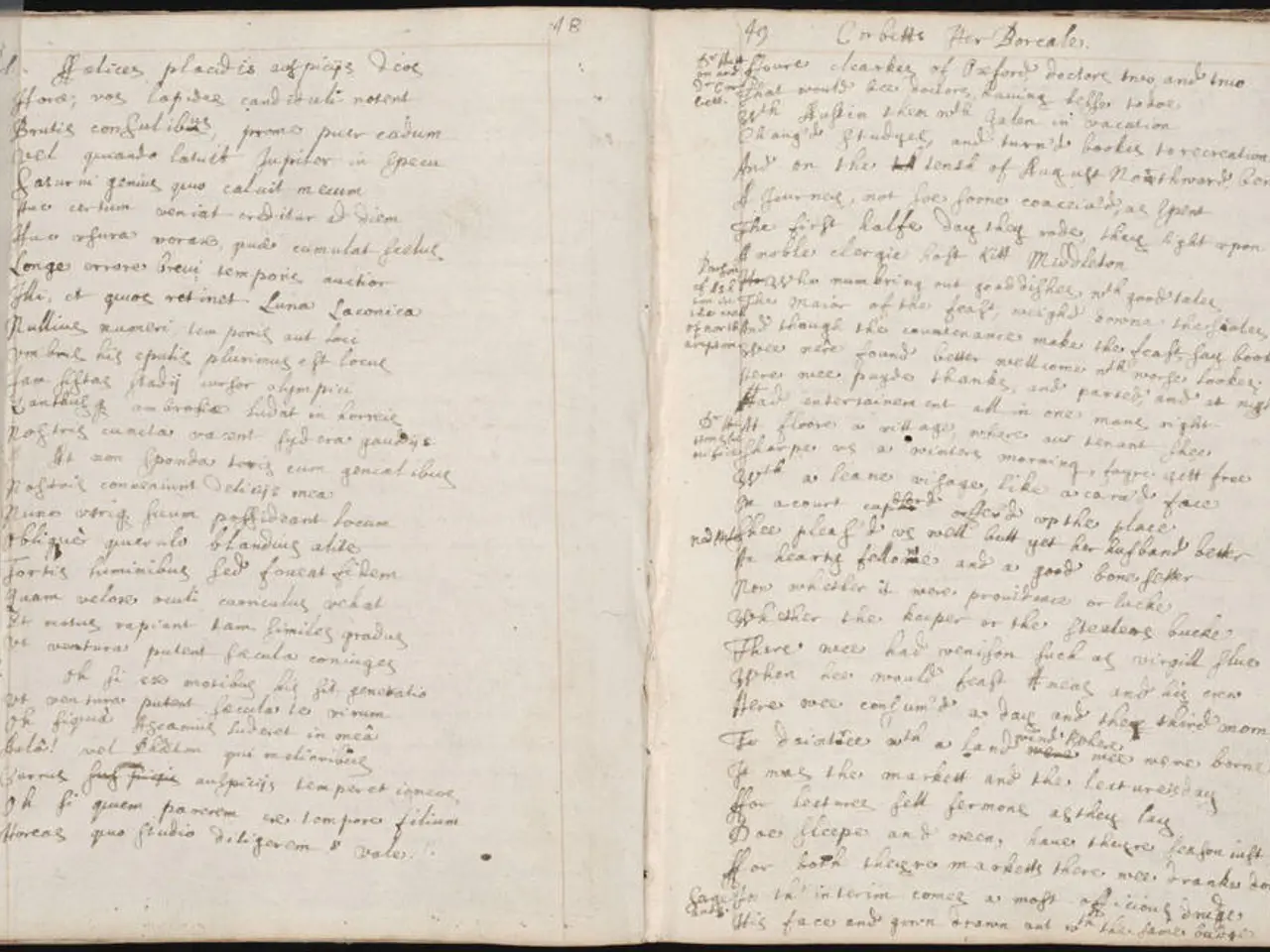Fundamental Law of India
The Indian Constitution, adopted on November 26, 1949, is a testament to the country's unique social, cultural, and political context. It was not merely imitated from other Constitutions, but has proven relevant for any constitutional democracy.
The Constitution, the longest written in the world, was drafted after a comprehensive study of several foreign constitutions and documents. It borrowed features from various sources, such as the Government of India Act of 1935, the British Constitution, the US Constitution, the Irish Constitution, the Canadian Constitution, and the Australian Constitution.
The Government of India Act of 1935 provided the federal structure and administrative machinery. The British Constitution influenced parliamentary democracy and rule of law. The US Constitution provided a model for fundamental rights and judicial review. The Irish Constitution influenced the directive principles of state policy. The Canadian Constitution shaped the federal system with a strong center. The Australian Constitution provided the provision of the concurrent list, among others.
Despite initial criticisms of being cumbersome and lengthy, the Indian Constitution has proven effective over 70 years. It addresses India’s vast diversity and complex social fabric explicitly, including special provisions for various communities and temporary measures, thereby reducing ambiguity and potential conflicts.
The Constitution establishes a strong but balanced federal system that works in the Indian context, maintaining unity while accommodating regional autonomy. It ensures a comprehensive legal framework with clear detailed provisions, which prevents frequent disputes over interpretation and governance.
The inclusion of fundamental rights, directive principles, and judicial oversight provides rights assurance and accountability. The parliamentary system and rule of law foster stable democratic functioning.
In contrast to some other democracies, India has not experienced a failing state. The Indian Constitution, despite being influenced by various sources, has shown originality in adapting these features to suit Indian conditions. It has withstood the test of time, proving its relevance and effectiveness in the democratic world.
The Indian Constitution, a single document governing both the Centre and the states, contains a Preamble, 395 Articles, and 8 Schedules. Its organic nature, flexibility, and workability have been appreciated worldwide. The remaining provisions of the Constitution came into force on January 26, 1950, which is recognized as the 'date of its commencement' and celebrated as Republic Day.
[1] Nanda, B. (2006). The Indian Constitution: Cornerstone of a Nation. Oxford University Press. [3] Lijphart, A. (1999). Patterns of Democracy: Government Forms and Performance in Thirty-Six Countries. Yale University Press. [4] Parekh, B. (2004). Rethinking Modernity: Western and Non-Western Perspectives. Routledge. [5] Rajan, M. (2017). The Indian Constitution: A Contextual Analysis. Oxford University Press.
- Given the extensive study of foreign constitutions during its drafting, the Indian Constitution's influence extends beyond its borders, making it a valuable resource for general news and education-and-self-development discussions about constitutional democracies worldwide.
- As the country continues to navigate the complexities of its social fabric, understanding and learning from the Indian Constitution's approach to addressing diversity and regional autonomy could prove beneficial for anyone interested in general news and education-and-self-development related to democratic governance.




